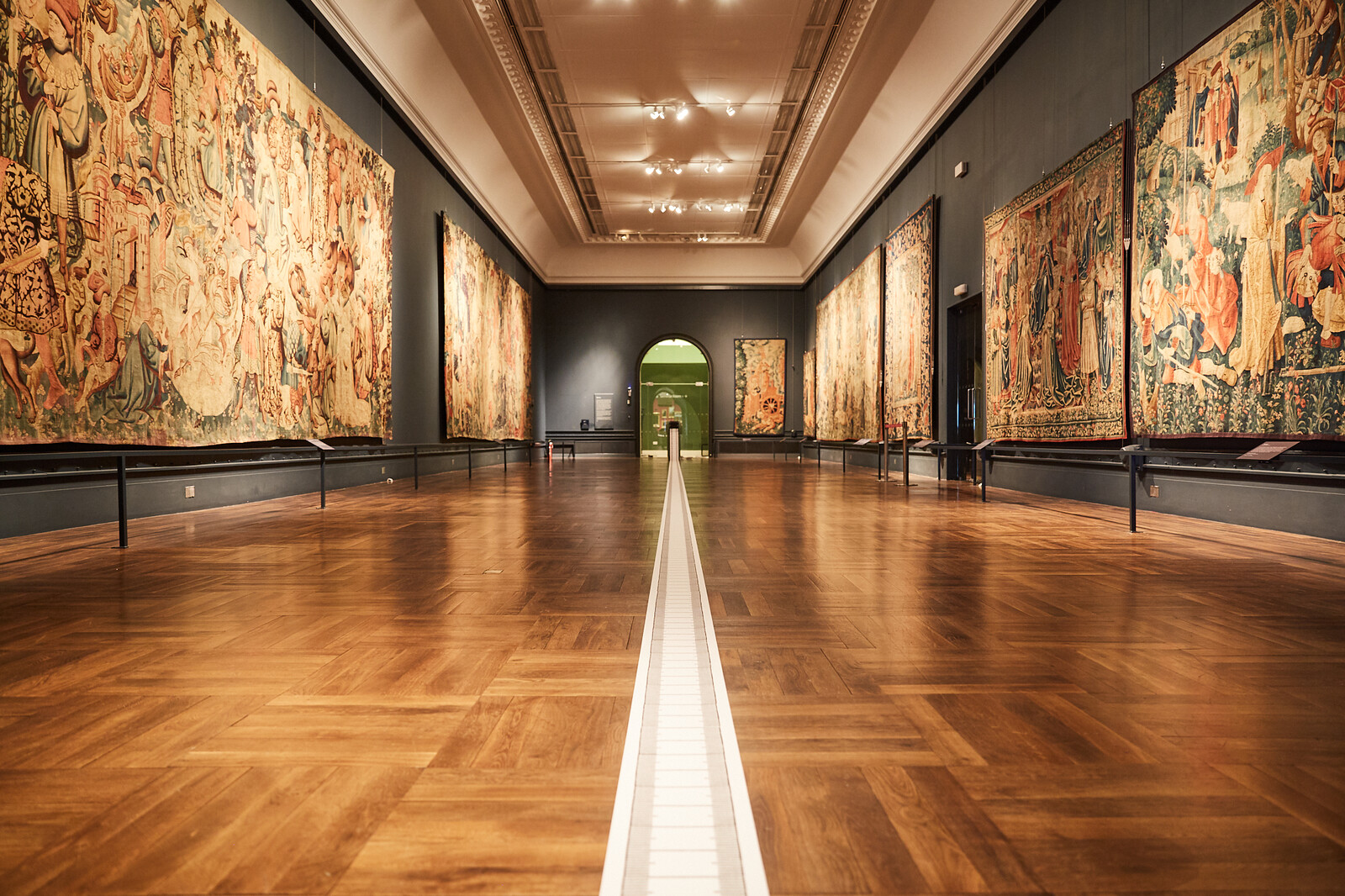The Mimeograph, Voice To Speech
January 1–February 28, 2021
Through January-February 2021, Alt Går Bra will move its mimeograph printing and publishing studio into KODE Bergen Art Museum.
In a world flooded by overconsumption, with virtuality avidly replacing reality, the mimeograph stands as a sort of fork in the road, a choice in face of the so-perceived fate of technological evolution.
“Books have long lost all likeness to books, the real book can no longer be one,” proclaimed Theodor Adorno in Minima Moralia, concluding that the way out is to be led by a kind of superhero: the mimeograph. “If the invention of the printing press inaugurated the bourgeois era, the time is at hand for its repeal by the mimeograph, the only fitting, the unobtrusive [unauffällige] means of dissemination.”
Ubiquitous throughout the 20th century, the mimeograph enabled countless poets, writers, and artists to print experimental works and publish radical literature. Closely associated with political activism and clandestine publishing, the mimeograph could be labeled as the machine of freedom of expression.
Alt Går Bra has invested over six years pioneering the theory and practice of mimeograph printing and publishing in the 21st century. An international conference convened by Alt Går Bra at the University of Westminster in 2019 sparked interest in this forgotten printing technology. The conference was a follow up of Alt Går Bra’s 2016 The Mimeograph, a Tool for Radical Art and Political Contestation, the first scholarly book dedicated to the mimeograph.
Alt Går Bra will take over nearly 1,000 square meters of gallery space at Lysverket, one of the centrally located buildings of KODE, to unravel the fascinating history of this printing technology.
The takeover at KODE will show a retrospective of Alt Går Bra’s works together with new pieces produced in situ for an exhibition in the making.
The public will have the opportunity to see the artists at work operating rare equipment from the last century. Handsome Gestetner mimeograph machines, streamlined by Raymond Loewy in his first industrial-design commission, will be tirelessly reciting the dictates of inked stencils. Two-cylinder scanners will be spinning originals to be read by an optical device and a synchronized sparking needle to simultaneously burn tiny dots on electro-stencils. A myriad of color-coded precision tools will be delicately plowing through the wax layering yellowish stencils. Whirring through muffling walls, these analog and obsolete tools, rescued from barns and basements by Alt Går Bra over the years, will resound in a mechanical performance of both color and rhythm.
Laboring machines and artists will produce, through a hand-in-hand alliance, large prints and installations defeating the A4 limitation mimeographs were born with. Works on paper and canvas will build a futuristic mirador for a renewed outlook into technology, as Zanna Gilbert put it, “Alt Går Bra carefully and critically considers the Janus-face of technology, asking when and why we opted for today’s overdeveloped technologies and what we might learn by looking back to look forward.”
The event will ineluctably provoke reflections upon Ytringsfrihet—literally freedom of uttering—, a core value of Norwegian identity. Delving into Jacques Rancière’s concept of utterance, the work will incite the specialized and general public to reflect upon the paradoxes of Ytringsfrihet. Some fifty large prints produced in situ will explore Rancière’s rearticulation of the famous Aristotelian distinction between phōnē (voice) and lógos (speech) in his book La Mésentente (Disagreement). Placing utterance at the core of Rancière’s political philosophy, the prints will question axiologies bestowing lógos to some, phōnē to others.
Discursive events and workshops
Through February, a discursive program and workshops will invite the public to reflect upon what the mimeograph can offer today.
Panel discussions will debate Ytringsfrihet and workshops will give a hands-on experience on mimeograph publishing.



